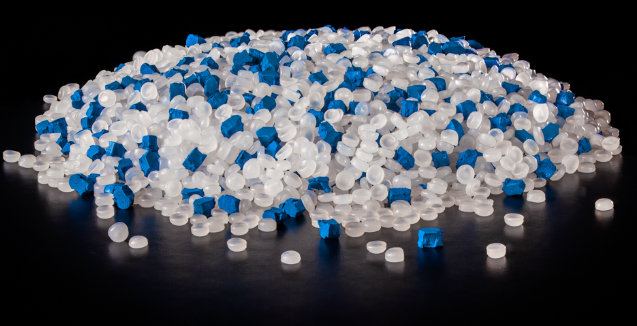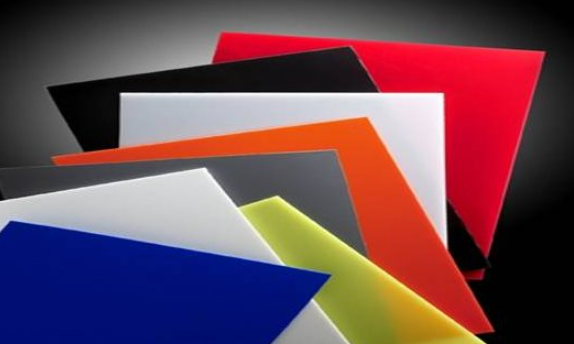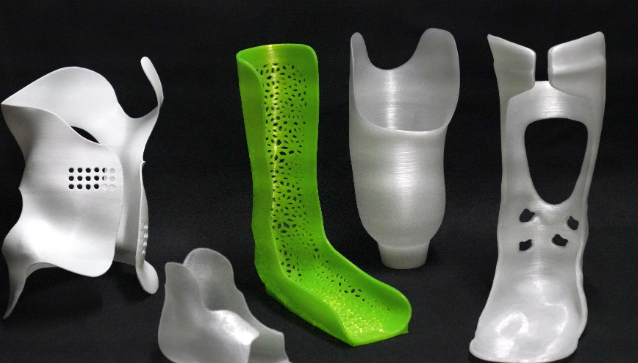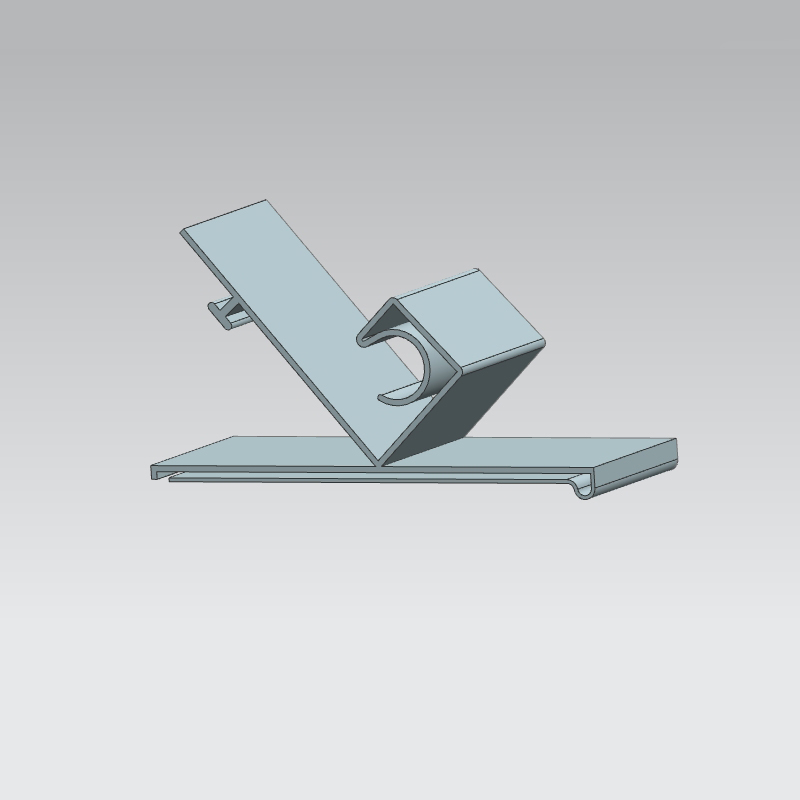The most common polypropylene grades for extrusion are homopolymer and copolymer, depending on application requirements.

Types of Polypropylene Grades
Polypropylene, a versatile thermoplastic polymer, finds extensive applications across various industries due to its unique properties. This section focuses on the primary grades of polypropylene used in manufacturing and industrial contexts.
Homopolymer Polypropylene
Homopolymer polypropylene, often abbreviated as PP-H, is a type of polypropylene where all the monomer units are propylene. This grade is known for its:
- Strength and Rigidity: Homopolymer polypropylene has high strength and rigidity, making it ideal for products that require structural integrity.
- Temperature Resistance: It can withstand high temperatures, which is crucial in applications like hot-fill packaging.
- Chemical Resistance: PP-H is resistant to a wide range of chemicals, making it suitable for containers and pipework in chemical industries.
- Processing Ease: It can be easily processed through various methods, including injection molding and extrusion.
Key applications of homopolymer polypropylene include packaging, automotive parts, and reusable containers.
Copolymer Polypropylene
Copolymer polypropylene, which includes both block copolymers (PP-B) and random copolymers (PP-R), introduces co-monomers like ethylene to modify the properties. This grade is characterized by:
- Improved Impact Strength: The inclusion of ethylene improves its impact strength, especially at lower temperatures.
- Enhanced Flexibility: Copolymer polypropylene is more flexible compared to homopolymers, broadening its application scope.
- Better Stress Crack Resistance: This grade shows superior resistance to stress cracking, essential for products subjected to constant strain.
- Versatility in Applications: From medical devices to automotive parts, copolymer polypropylene is widely used for its adaptability to different uses.
Properties of Polypropylene Grades for Extrusion
Polypropylene grades, each tailored for specific extrusion processes, exhibit a range of properties that make them suitable for diverse applications. Understanding these properties is crucial for selecting the right grade for a particular use.
Mechanical Properties
Mechanical properties of polypropylene grades significantly influence their performance in extrusion processes. Key mechanical properties include:
- Tensile Strength: Polypropylene typically exhibits high tensile strength, ranging from 30 to 35 MPa, which is essential for products requiring durability.
- Elongation at Break: This measures the ductility of the material. Polypropylene grades can stretch from 100 to 600% before breaking, indicating good flexibility.
- Flexural Modulus: This property, often around 1,500 to 2,000 MPa, indicates the stiffness of the material, crucial for structural applications.
- Impact Resistance: Polypropylene grades vary in impact strength, with copolymers generally offering better resistance than homopolymers, especially at lower temperatures.
These mechanical characteristics are vital for applications ranging from automotive parts to packaging, where strength, flexibility, and durability are key.
Thermal Properties
The thermal properties of polypropylene grades are critical for their performance during and after extrusion:
- Melting Point: Polypropylene has a melting point in the range of 160°C to 170°C, making it suitable for various thermal environments.
- Thermal Expansion: Polypropylene exhibits a coefficient of thermal expansion of about 10^-5 /°C, an important factor in applications where dimensional stability is needed under temperature variations.
- Heat Deflection Temperature: This property indicates the temperature at which the material deforms under a specific load. For polypropylene, it’s typically around 100°C.
Understanding these thermal properties is essential for applications involving heat, such as food packaging and automotive components.
Chemical Resistance
Polypropylene is well-known for its excellent chemical resistance, which includes:
- Resistance to Acids and Bases: It resists most acids and bases, making it ideal for containers and pipework in chemical processing industries.
- Solvent Resistance: Polypropylene is generally resistant to solvents, although it may swell or weaken in some organic solvents.
- Degradation Resistance: It is less prone to degradation from environmental factors such as UV light, especially when additives are used for stabilization.

Extrusion Process and Polypropylene
The extrusion process is a key method in manufacturing where materials like polypropylene play a critical role. This section delves into the basics of the extrusion process and the specific role polypropylene plays in it.
Basic Principles of Extrusion
The extrusion process involves converting plastic materials into continuous profiles by forcing them through a die. The basic principles include:
- Feeding: Raw polypropylene pellets are fed into an extruder machine. The material choice, like polypropylene, affects the overall efficiency and quality of the extrusion process.
- Heating and Melting: The pellets are heated and melted in the extruder’s barrel. Polypropylene typically melts at around 160°C to 170°C.
- Pressurizing and Pushing: The molten polypropylene is then pressurized and pushed through a die to create a specific shape. The pressure and speed of extrusion can significantly impact the final product’s quality and properties.
- Cooling and Solidifying: Once the polypropylene exits the die, it cools and solidifies into the final product. The cooling rate is crucial for achieving desired mechanical properties.
- Cutting or Spooling: The continuous polypropylene profile is either cut into lengths or spooled, depending on the application.
Efficiency, cost, and quality are crucial factors in the extrusion process, where polypropylene’s properties like melting point, flow rate, and thermal stability play a significant role.
Role of Polypropylene in Extrusion
Polypropylene is a preferred material in extrusion for several reasons:
- Versatility: Its ability to be formulated as a homopolymer or copolymer allows for a wide range of applications, from packaging to automotive parts.
- Thermal Stability: Polypropylene maintains stability under the high temperatures of the extrusion process, ensuring consistent quality.
- Cost-Effectiveness: Its relatively low cost compared to other plastics makes it an economical choice for large-scale production.
- Mechanical Properties: Polypropylene’s strength, rigidity, and flexibility contribute to the durability and performance of the extruded products.
- Chemical Resistance: This property enhances the longevity and utility of extruded products in various environments, from chemical exposure to outdoor use.
Selection Criteria for Polypropylene Grades in Extrusion
Selecting the right polypropylene grade for extrusion is a critical decision that impacts product quality, efficiency, and cost-effectiveness. This section explores the factors influencing this selection and some case studies demonstrating practical applications.
Factors Influencing Grade Selection
Several factors play a role in choosing the appropriate polypropylene grade for extrusion:
- Mechanical Property Requirements: The strength, flexibility, and impact resistance of the final product dictate the choice. For instance, high-strength applications might favor homopolymer polypropylene.
- Thermal Properties: The operating temperature range of the final product influences the grade selection. Copolymers, with better low-temperature performance, might be chosen for cold-environment applications.
- Chemical Resistance Needs: For products exposed to chemicals, grades with enhanced chemical resistance are preferred.
- Processing Conditions: The extrusion speed, temperature settings, and equipment capabilities can dictate the choice of grade. Some grades flow more easily, reducing wear on machinery and increasing throughput.
- Cost Considerations: Budget constraints can influence the choice, with some grades being more cost-effective than others.
- End-Use Applications: The intended use of the product, whether in packaging, automotive, or consumer goods, guides the selection process.
- Environmental and Regulatory Requirements: Some applications may require materials that meet specific environmental or health and safety standards.
These factors collectively ensure the selected polypropylene grade aligns with the product’s performance requirements, manufacturing capabilities, and budget constraints.
Case Studies and Applications
Analyzing real-world applications provides insights into the practical considerations for selecting polypropylene grades:
- Packaging Industry: A case study in food packaging might illustrate the selection of a polypropylene grade with excellent barrier properties and low migration rates to ensure food safety.
- Automotive Components: Here, the choice might lean towards a high-strength, high-impact-resistant polypropylene grade to withstand mechanical stress and thermal fluctuations.
- Consumer Products: In this case, the selection criteria might prioritize aesthetic qualities like surface finish, along with durability and cost-effectiveness.
- Medical Applications: For medical devices, a case study might focus on selecting a grade that meets stringent health and safety standards while providing the necessary strength and chemical resistance.

Challenges and Solutions in Polypropylene Extrusion
Polypropylene extrusion, while efficient and versatile, presents various challenges. Understanding these issues and implementing innovative solutions and best practices can significantly enhance the quality and efficiency of the extrusion process.
Common Issues in Polypropylene Extrusion
Several challenges commonly arise during the polypropylene extrusion process:
- Thermal Degradation: Polypropylene can degrade if overheated, leading to a decrease in mechanical properties and discoloration.
- Uneven Flow: Variations in flow can cause inconsistencies in the extruded product, affecting its quality and appearance.
- Poor Surface Quality: Issues like rough surfaces or fish eyes can occur due to impurities in the material or sub-optimal extrusion conditions.
- Warping or Distortion: These issues can arise during the cooling phase, particularly in products with uneven thicknesses.
- Moisture Content: Excess moisture in polypropylene pellets can lead to defects in the extruded product, such as bubbles or voids.
These challenges, if not addressed, can lead to subpar products, increased waste, and higher production costs.
Innovative Solutions and Best Practices
To overcome these challenges, several solutions and best practices can be employed:
- Precise Temperature Control: Implementing advanced temperature control systems can prevent thermal degradation and ensure consistent product quality.
- Regular Material Inspection: Checking for impurities and moisture content in the polypropylene pellets can help maintain high surface quality in the final product.
- Optimized Die Design: Customizing the die design based on the product’s requirements can ensure uniform flow and reduce issues like warping.
- Effective Cooling Systems: Employing efficient cooling techniques can prevent distortion and warping, especially in products with variable thicknesses.
- Process Monitoring and Automation: Using sensors and automation technology can help monitor the extrusion process in real-time, allowing for quick adjustments to maintain product quality.




